New York, NY, 10013
United States
© LuxuryPrinting.com
ECO-FRIENDLY

Find a detailed explanation of all our printing features, effects, and terminology used on our site. If you still require any help, please, get in touch with us.

Embossing is the process of creating raised patterns or letters on paperstock. Created by pressing a tightly a sheet of paper against two patterned plates which ‘molds’ the surface of the sheet. After the pressing is finished, the result allows parts of the sheet’s surface to be raised and protrude from the rest. This raised area forms a specific pattern or design, an imprint left behind by the pressing plate. The embossing can be an image, logo or text giving a unique finish to your printed product.
– A 2mm buffer zone is best for Embossing designs.
– We recommend to use a card stock at least 30pt thick. Thinner cards will leave a slight indentation on the back of the card.
Debossing uses the same printed press techniques as embossing, but whereas an embossed design is raised against the surface of the paper, a debossed pattern is sunk in to the surface of the paper, protruding from the reverse side. A metal die is stamped in to the front of the card or paper stock causing a depression or imprint of the design. This debossing can be left as is, known as blind deboss, or the depressed area can be filled with colored ink, giving a rich, luxurious finish, perfect with thick card stocks.
– We recommend using cart stocks thicker than 30pt so that no marks/depressions are left on the back of the card.

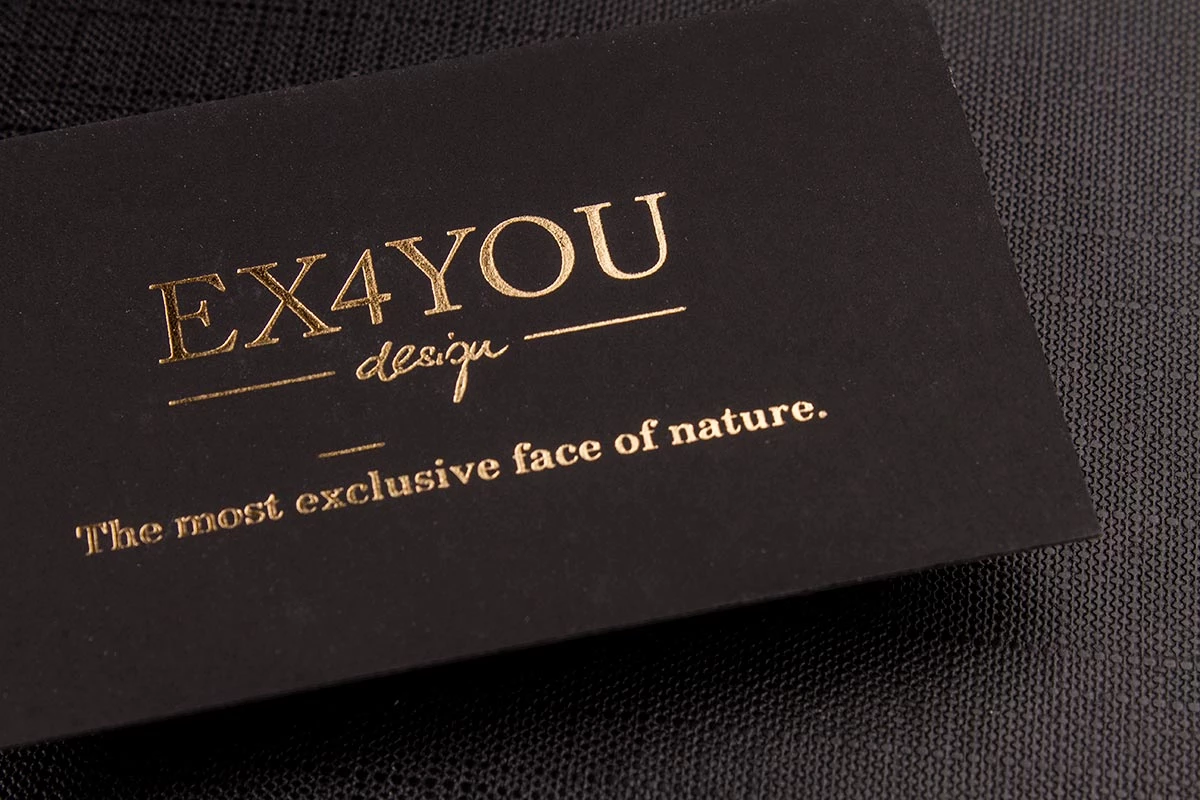
Hot stamping, also known as foil stamping, is the printing process consisting of transferring pigmented or metallic foil on to a flat surface using a heated and carved metal plate. It is essentially a dry printing process. The design is carved in to the plate, which is then fitted with the foil. The plate is then heated, which leaves a colorful imprint on the surface, mirroring the design carved in to the plate. We use individual plates for each color and design.
– Extremely detailed foil designs might lead to overflow.
– Multiple foil colors close together are possible, however there is a chance of slight variations in alignment due to our machines.
– Depending on the card thickness, foil stamping may leave pressure marks on the reverse side of the card.
– Minimum recommended font size is 10pt.
The offset printing process begins when the image artwork is transferred from a metal plate to a rubber roller, or blanket, which is then applied to the printing surface. These rubber rollers conform to the printing surface which produces a very sharp final image. Offset printing results in a consistent high quality image and is able to print any PMS or Pantone colors. The process requires a lengthy setup of cylinders and plates as well as preliminary printing in order to obtain the finest quality results. The advantage of offset printing is that is able to print on a variety of surfaces including metal, cloth, wood and plastic.
These setup steps take longer than digital printing, which makes offset printing more cost-effective for larger printing jobs and materials such as magazines, press and books.

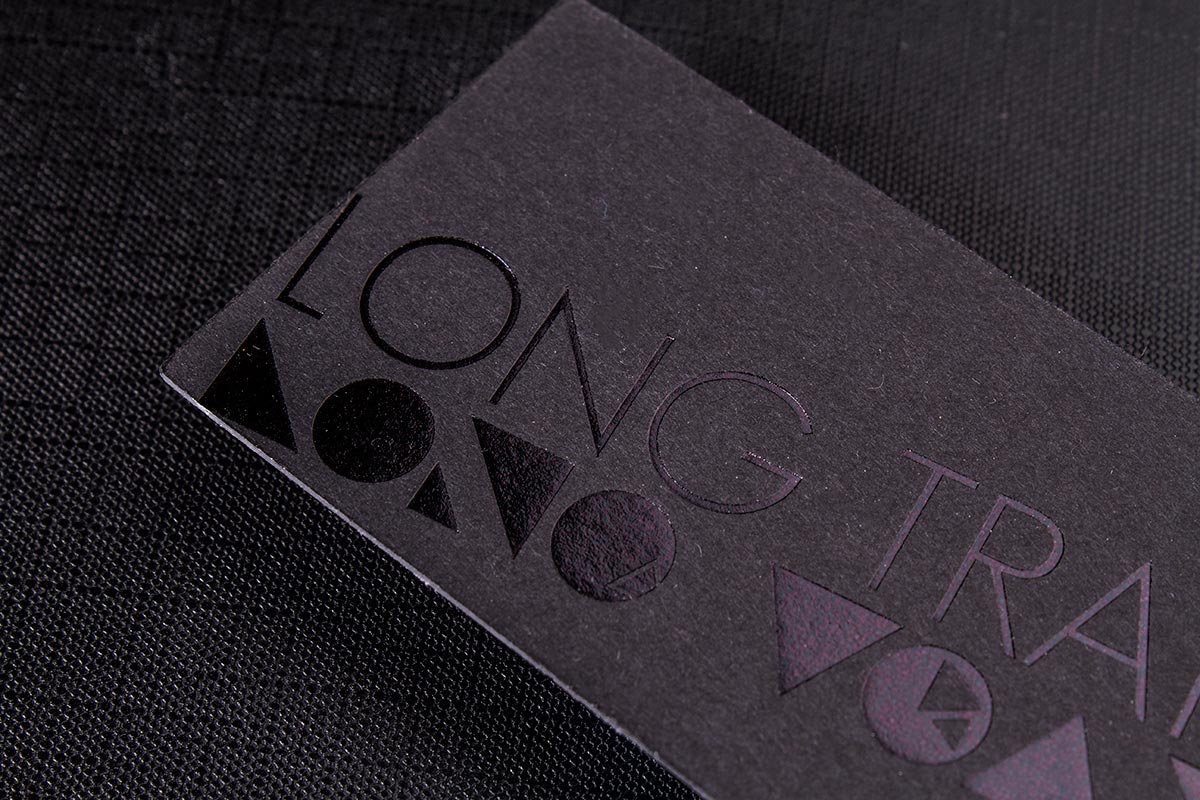
Spot UV gives a rich, glossy finish typically applied to detail areas of the card. It sits flush with the card surface and so can only be used on our laminated card stocks – silk and regular suede cards. Spot UV gives an eye-catching, reflective shine helping to accent details.
– Full bleed Spot UV card may peel.
– Only silk and regular suede card stocks can take Spot UV.
Get a raised, glossy and clear finish using Thermography. This heat applied process creates a beautiful finish that allows the color of the underneath to shine through. Thermography can be used on both light and dark card stocks.
– Thermography can only be applied on a single side of the card and not close to foil stamps as it is a heat applied process.
– Ideal for designs with large areas and no tiny details.

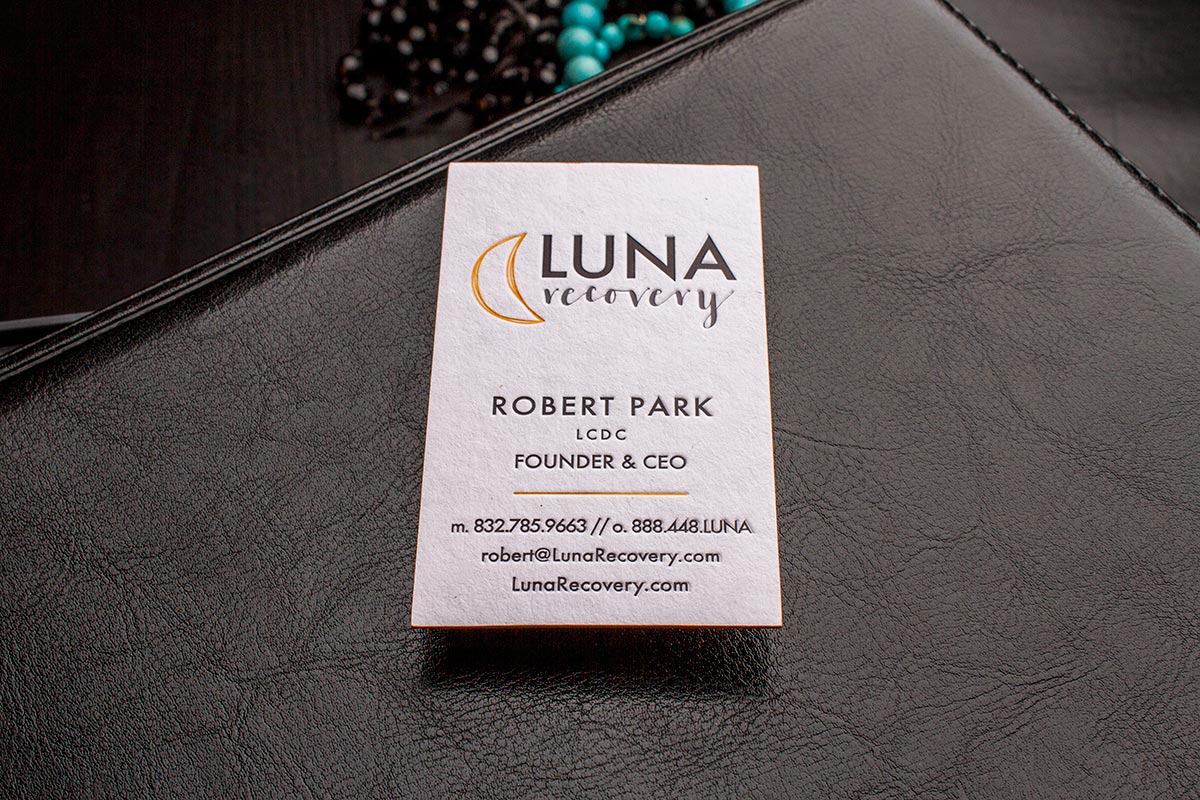
Letterpress printing is the time-honoured technique of relief printing using a printing press; a process whereby multiple copies can be produced by repeated direct impressions by an inked, raised surface against sheets of card or paper. Firstly, a composition is created by locking movable type blocks in to the ‘bed’ or ‘chase’ of the press. These blocks are then coated in ink and then the paper is pressed against them to transfer the ink from the type block to the paper.
– Avoid fine details with less than 2mm between letterpressed areas for best results.
Available in either gold or silver, metallic ink is a brilliant form of metallic printing. Recommended for text or logo designs for use on thick card stocks such as duplex, triplex, soft and hard suede.
– Gradients cannot be printed with metallic inks.
– Metallic inks can appear more opaque when used with suede car stocks.
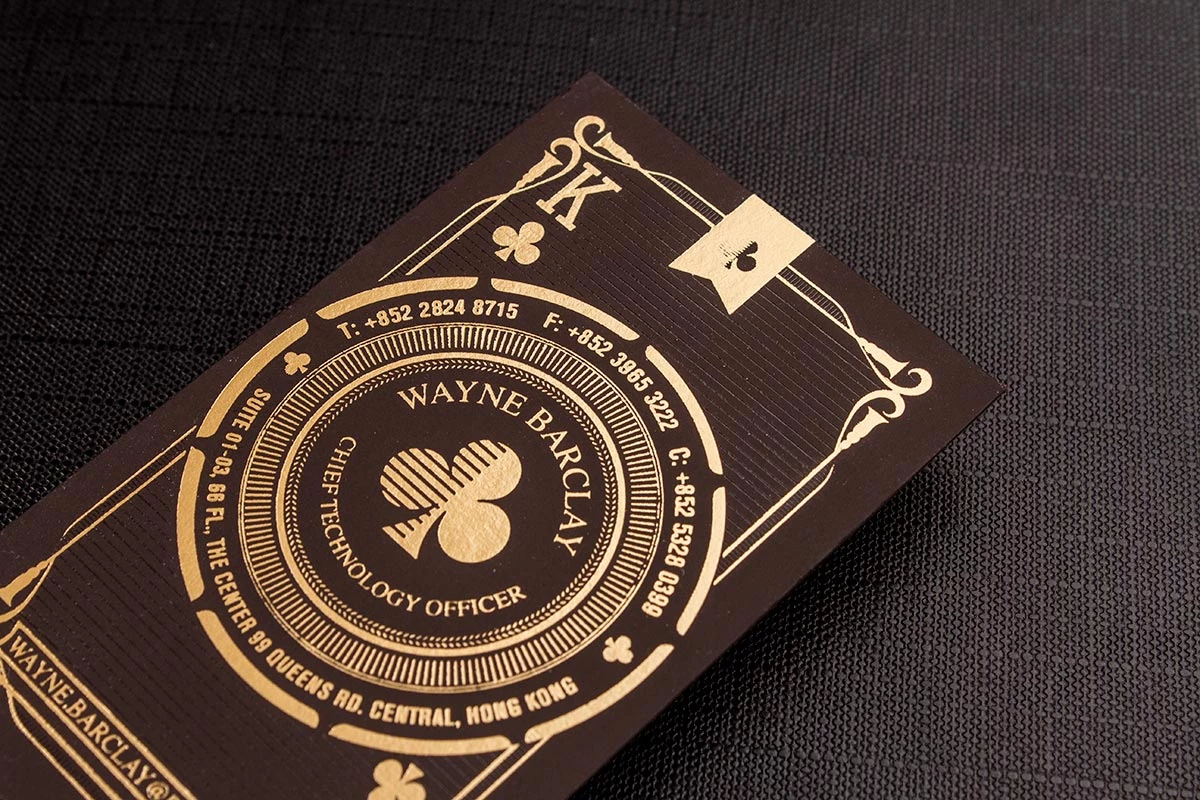

White ink is a fantastic alternative to white foil giving a clear and clean matte finish. Recommended for use with dark card stocks and is a perfect match with thick card stocks such as duplex, triplex, hard and soft suedes.
– White ink can give better results than white foil as it has a cleaner finish.
A die cut is the process where designs are cut out of sheets of paper or card using a sharp steel blade formed in to a specific design. The shapes for die cutting are limitless; squares, circles, curves, holes, stair-stepped, rounder corners, even sharp points.
Round corner die cuts are a beautiful way to make your cards stand our from the rest. Our standard round corners are 3mm – 6mm radius, however we can customize these to suit your project.
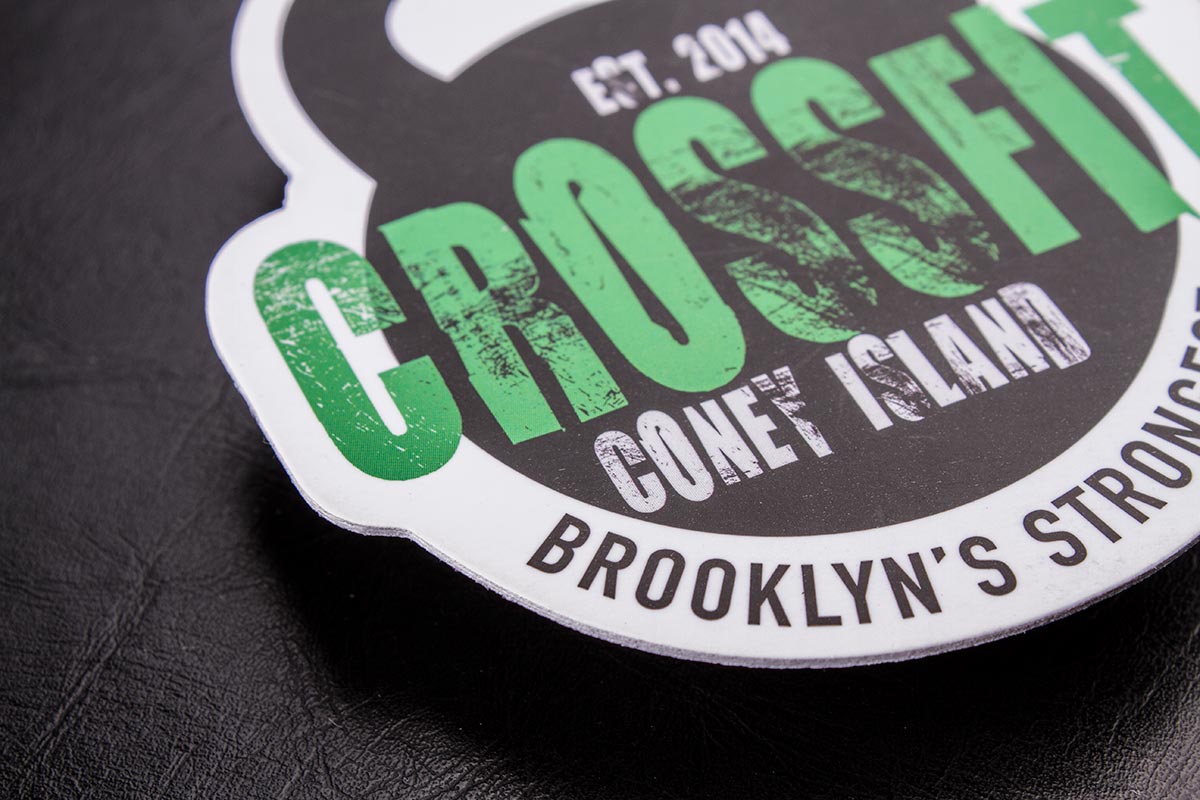
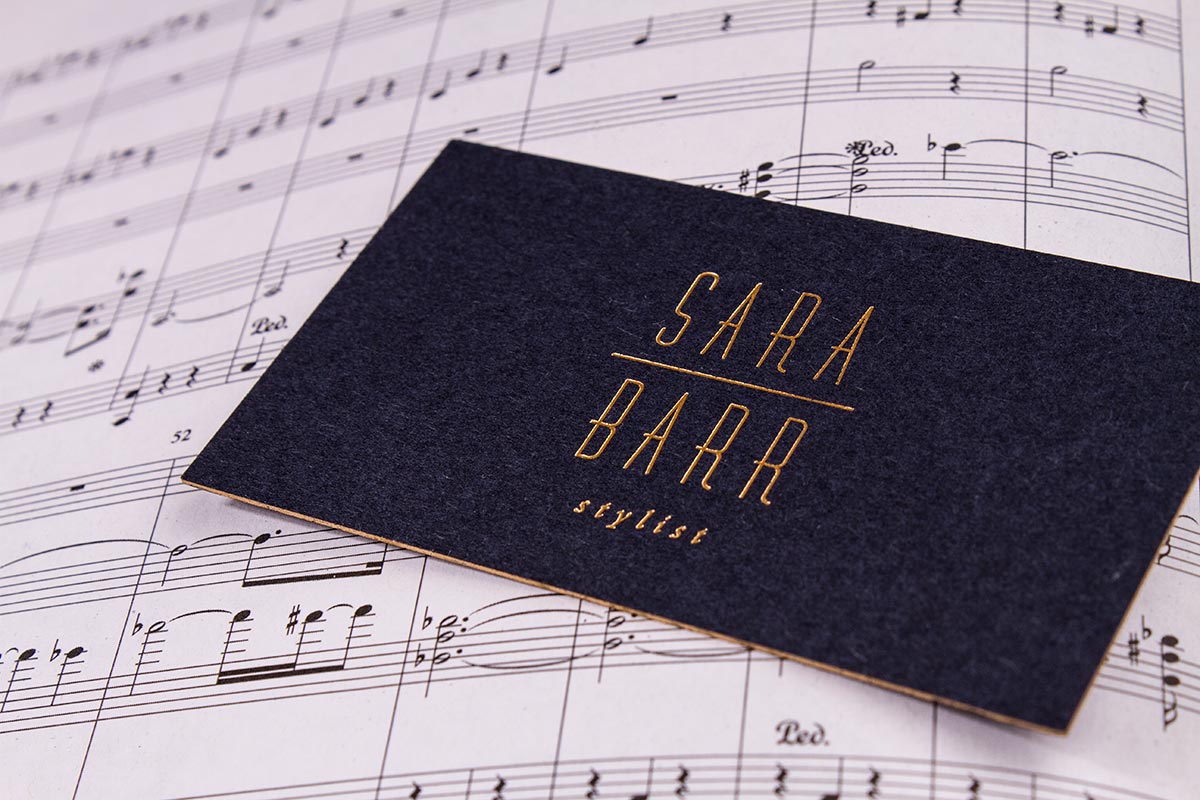
Edge foil uses the same process as foil stamping to apply the foil to the edges of the card. The finished result is an incredible metallic shine on the outside edges of your card, giving an extra touch of elegance. We offer edge foil in all of our foil colors to suite your needs.
– Cannot be applied to round corners or silk and regular suede card stocks.
– Recommended to use on thicker card stocks such as duplex, triplex and smooth white uncoated.
– It is possible to edge foil on suede card stocks however we do not recommend it as results may vary.
– The foil consistency can vary with edge foil and there is a change of slight overflow on to the main card surfaces.
Edge Painting is the process where colors are added to the sides of printed cards and pages. The process involves stacking the cards on a padding press and compressing them to give a tight spacing between each card and then painting using a brayer roller. The finished effect gives an eye-catching, glamorous styling to the edge of your cards, helping your cards stand out from the crowd.
– Edge painting can overflow to the main card surface.
– We offer Pantone color matching for edge painting however we can’t guarantee 100% color match in every scenario due to different card stocks affecting the finished color.

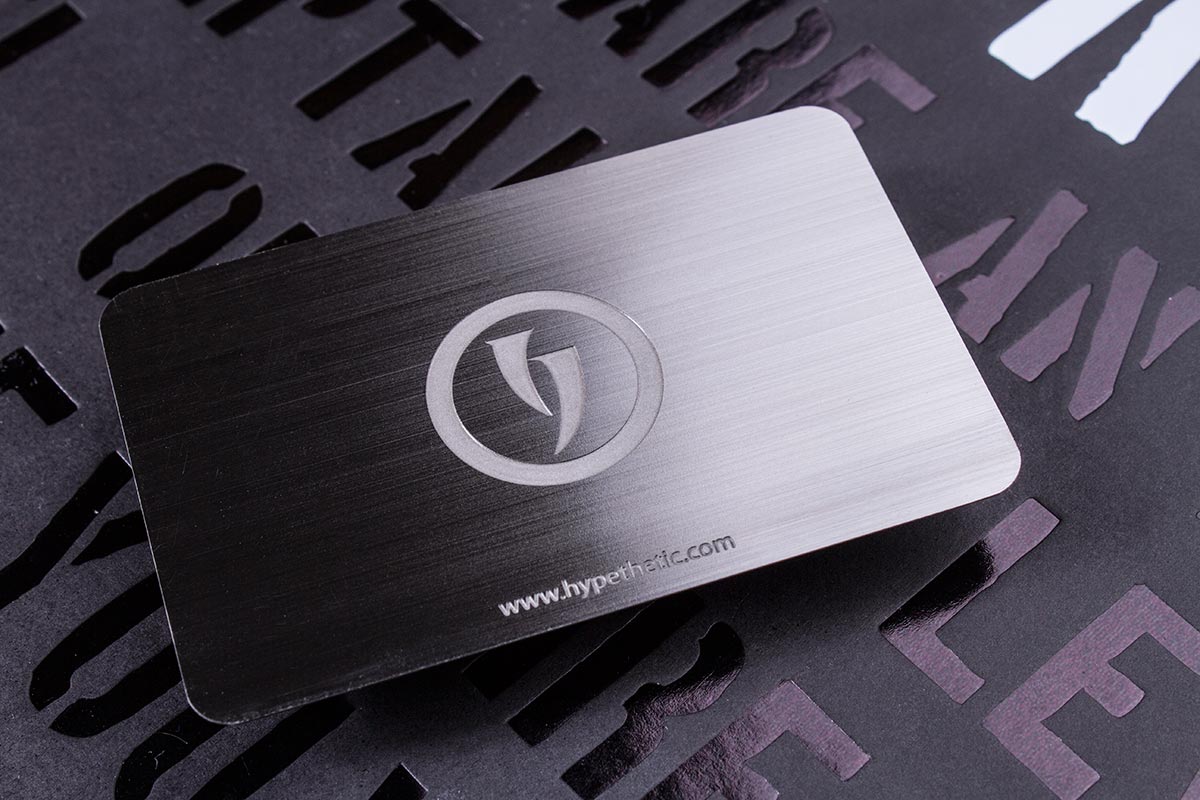
Etching is for our metal cards only. It creates a slightly recessed appearance with a matte finish when used on our stainless steel cards. It’s a beautiful and luxurious finishing for details and designs on metal cards and is striking when combined with a spot color.
– A 1mm gap is required when multiple spot colors are required for etching and fill-in for the ink.
Laser engraving gives an extremely unique finish. More popularly used on our metal cards, a laser burns away the desired design leaving an interesting finish with different coloring depending on the surface cut. For example on our black duplex uncoated card stocks the finished result gives a deep depressed ‘bronze’ finish. On black metal cards you will see a silver finish and a bronze finish on our stainless and gold metal cards.
– We don’t recommend detailed designs for laser engraving.

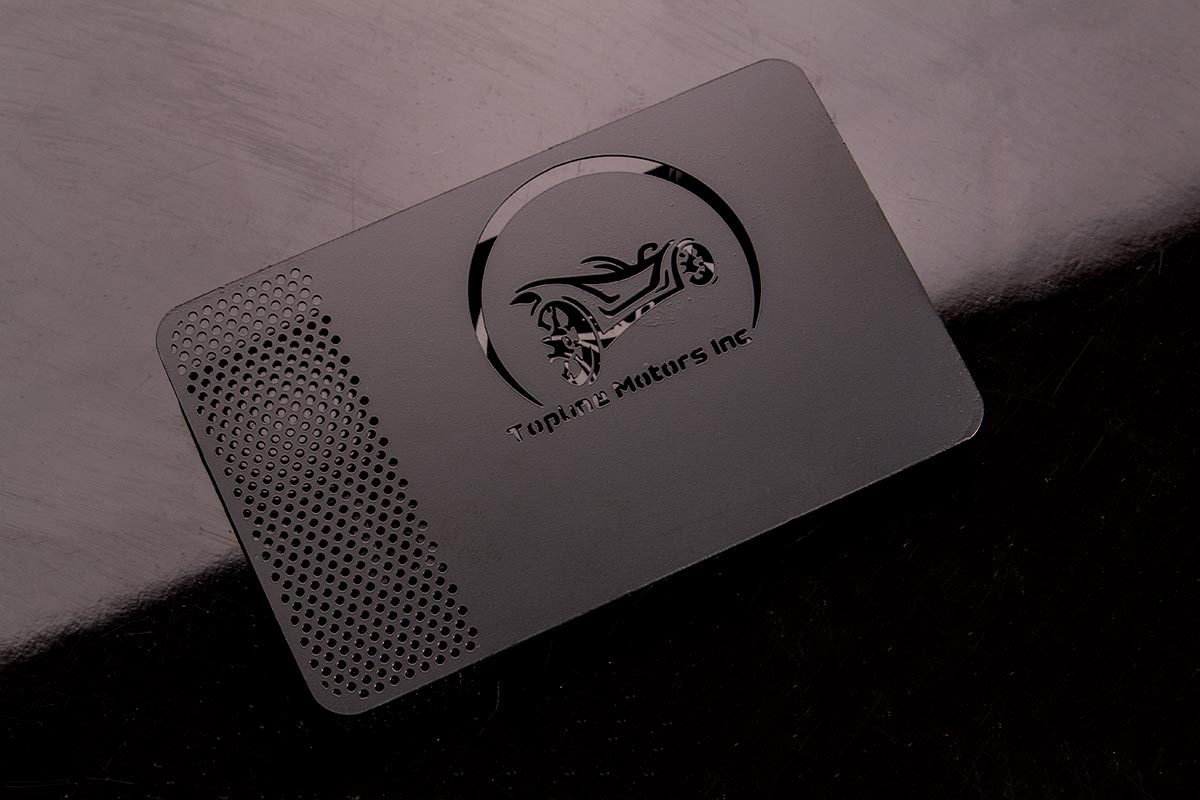
Cut through die cutting allows unique customizations to your cards. Both simple and complex designs can be achieved cutting precisely and intricately through our metal cards giving an eye-catching and beautiful result. Use it for decorations inside the card design or to give rounded corners or unique shaped cards.
– As die cutting is a very unique process, please contact one of our staff prior to ordering to verify pricing and the suitability of your design.
Spot coloring allows brilliant solid colors to be added to metal cards. For best results, spot coloring combines well with etching, although with the right design it can stand alone also. Add a branding or unique color to your metal card designs with spot color.
– For best results, we recommend designs that do not have fine details or gradients when using spot color.
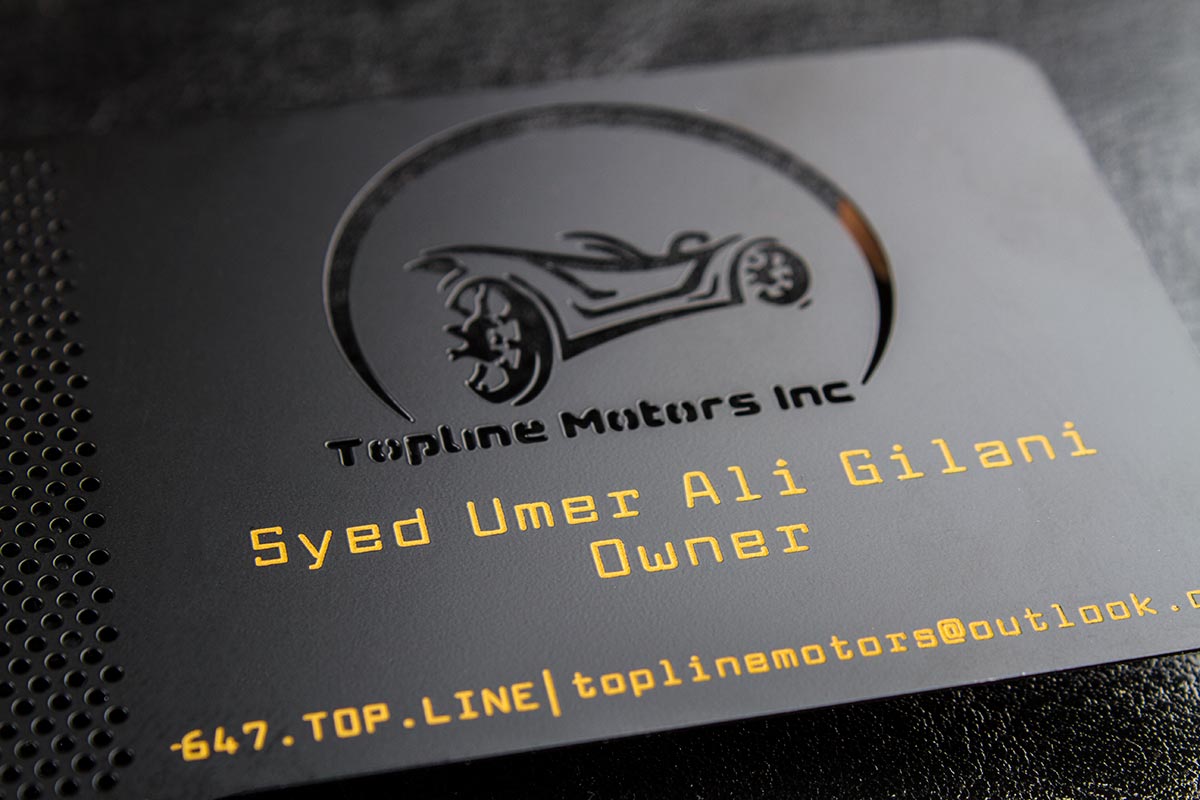
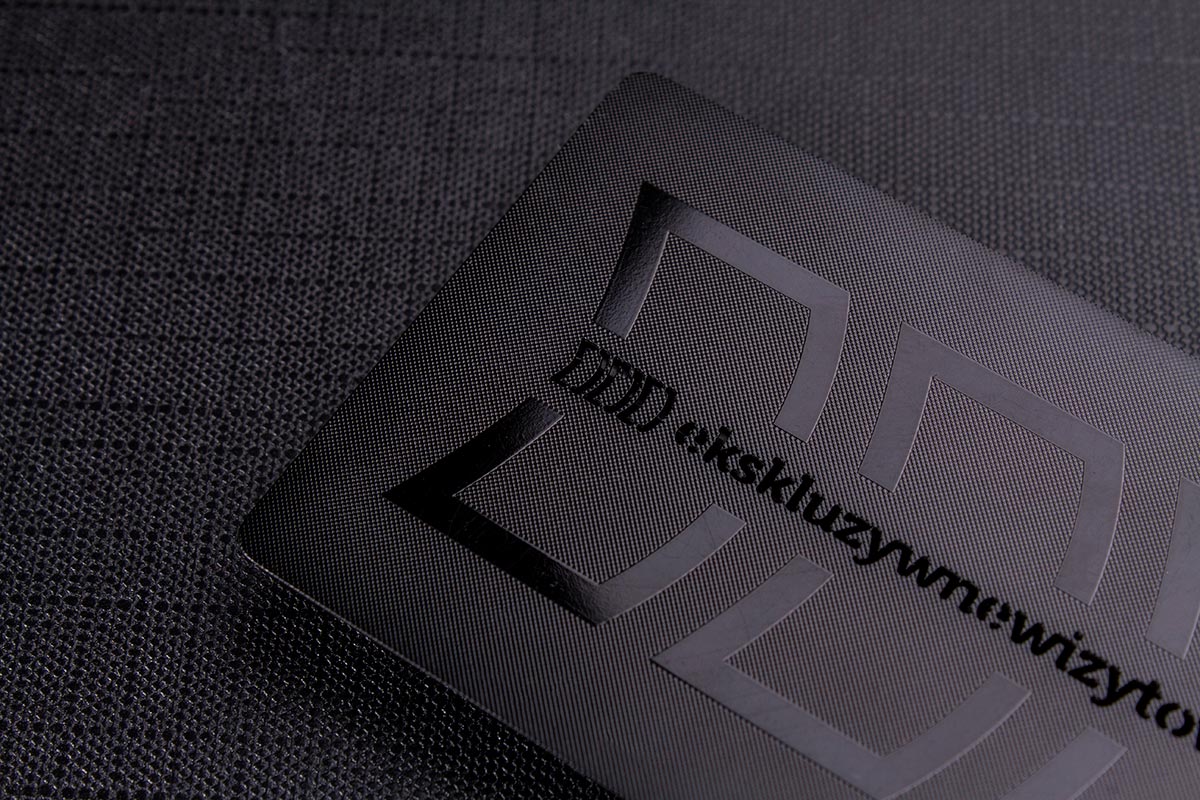
Available on our luxury black metal card range, our exclusive prism and front finishing results in a beautiful textured and finger print resistant finish. Prism finishing allows for micro geometric patterns while frost finishing gives a subtle texture over the card. Our luxury black metal card range with prism or frost finishing is both an elegant and powerful statement.
Variable data allows for unique details to be different on each card. An example of this is business cards for more than one person with the logos and address details the same, or membership card with each card having a unique membership number. Variable data is available on our metal cards and can be either laser engraved or applied with a spot color.
– You must provide the original font file.
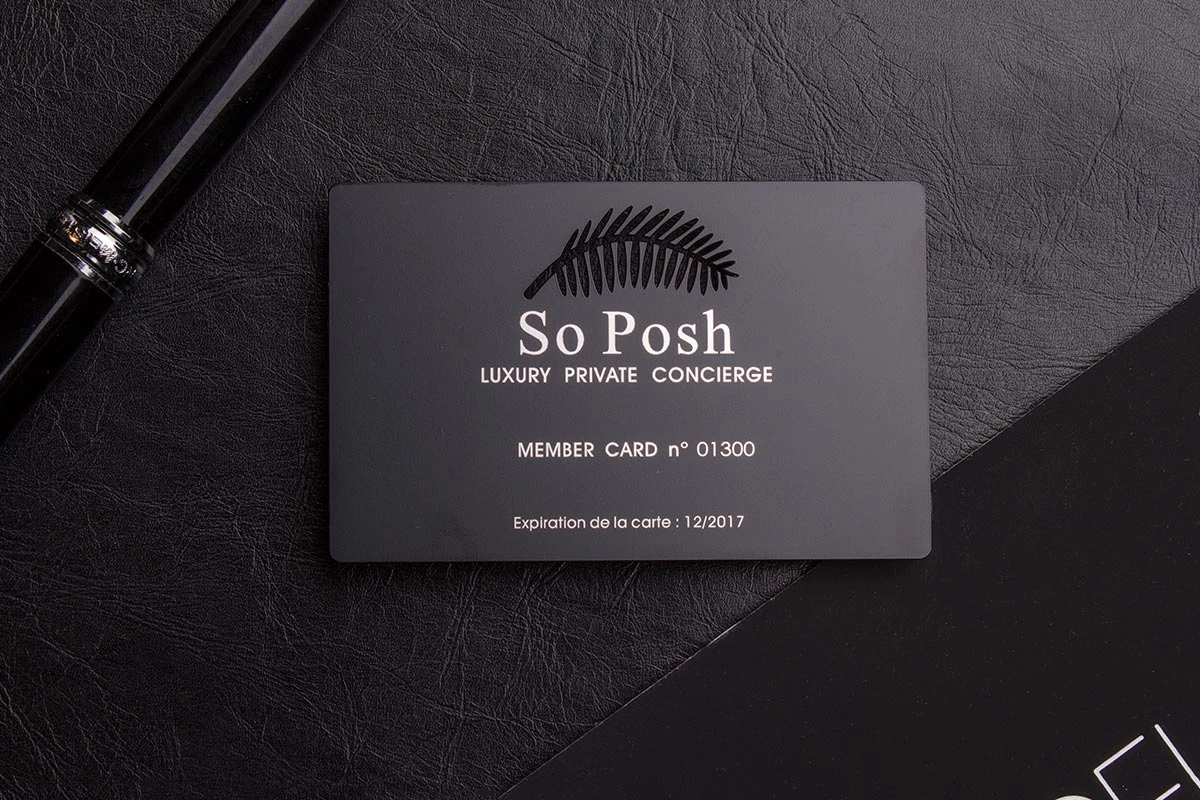

When a design is printed within 0.25″ of the edges of the card it is considered a ‘full bleed’ design. This differs from regular printing as the designs have to be printed prior to trimming the cards to properly execute the alignment and design work.
– We include full bleed pricing in white and metallic ink printing and offset printing. All other finishes incur a surcharge.
Thickness is referring to the width of the card when looking at the edges. The thickness of a card is measured in points (which is an international standard unit of measure for printed cards and products). 1pt is equal to 1/72 of an inch or 0.352mm.
– Thickness differs from card stock weight as it does not refer to the density of the card stock. For more information about your chosen card stock weight, please get in touch with our team.

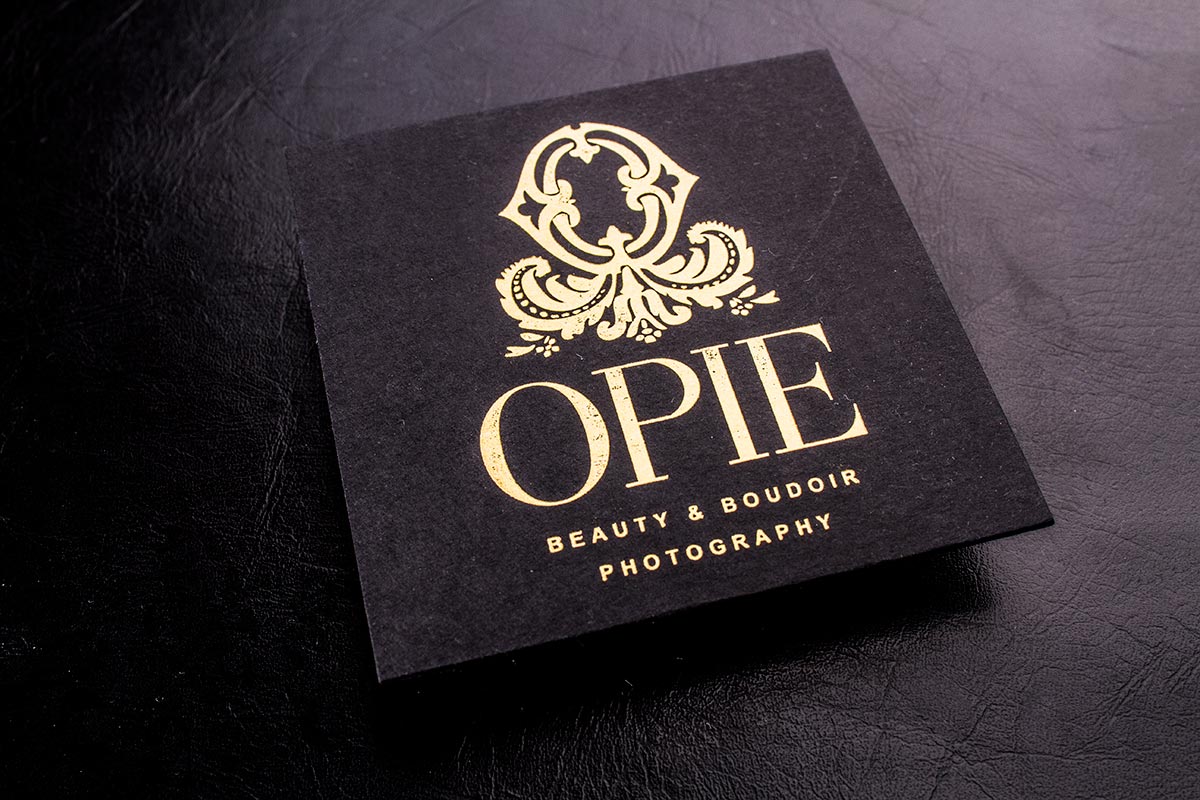
Size is referring to the outside dimensions of the card. The American standard is 3.5″ x 2″ (90mm x 50mm) which is the standard size all our cards are made to. We can print unique and odd size cards to your specifications where needed.
– For more information about odd sized cards please get in touch with our team.
Card stock refers to the material which our cards are made from. We offer an enormous selection of luxury, classic, unique and metal card stocks including white and black, textured and smooth, cotton, suede and metal. Our card stocks are available in a variety of thicknesses including duplex and triplex cards for added thickness.
– Not every card stock is ideal for every design. On this page you will find our recommendations for the right card stock and thickness for all your printing requirements, however if you have any questions or concerns please get in touch with our team.

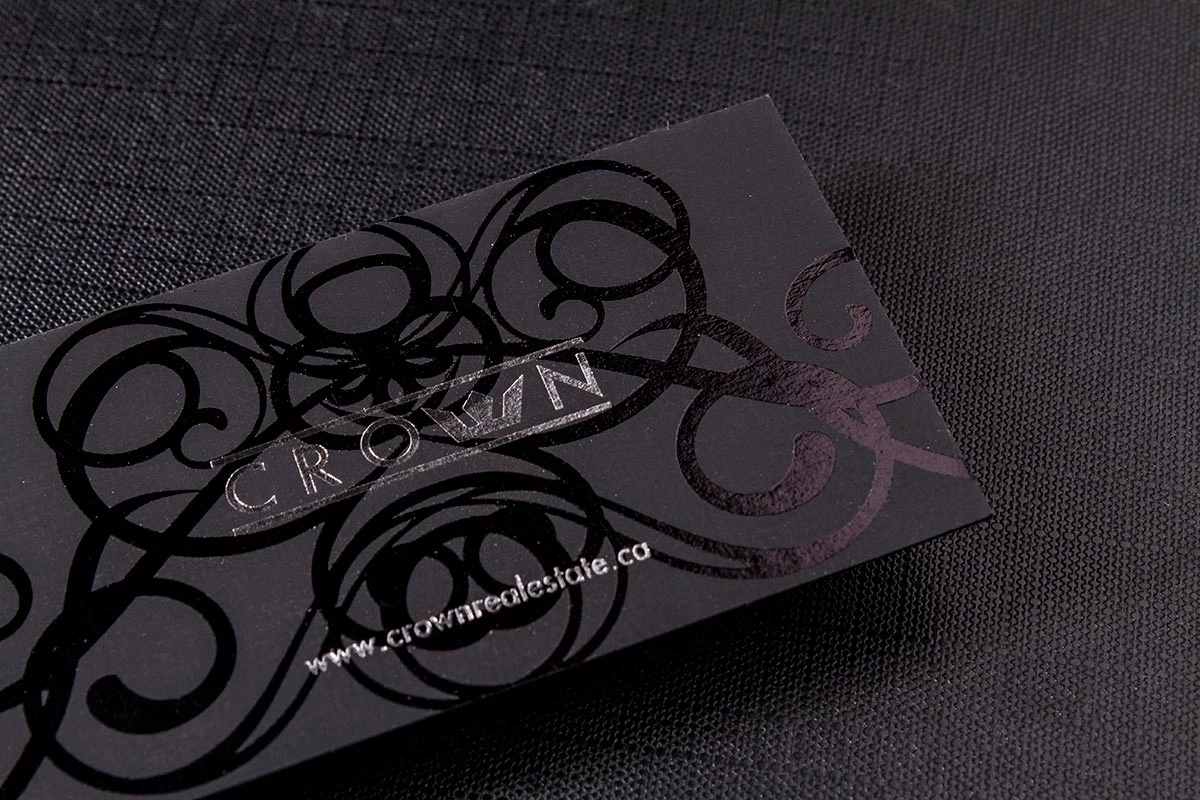
Designs that continue to the edges of your card (full bleed) require oversized plates. A design is considered full bleed if it comes within 0.25″ of the edge of a card. Many of our print features use plate stamping techniquessuch as foil stamping, debossing, embossing, letterpress and thermography. Any designs that come within 0.25″ of the edge of the card will require larger plates to accurately complete the design. Please select this option if your design comes within 0.25″ of your card edge.
Our metal cards come in 3 different finishes. Mirror finishing results in a highly reflective and polished surface and gives a beautifully luxurious finish to our gold, rose gold and stainless steel metal cards. Mirror finishing gives an elegant and georgeous final result.
– Mirror finishing is less resistant to scratching and blemishes.
– For best results we recommend with designs that have etching or cut-through die cutting over a large portion of the card.
– It is possible to have a different surface finish on both sides of the card (only one finish per side).
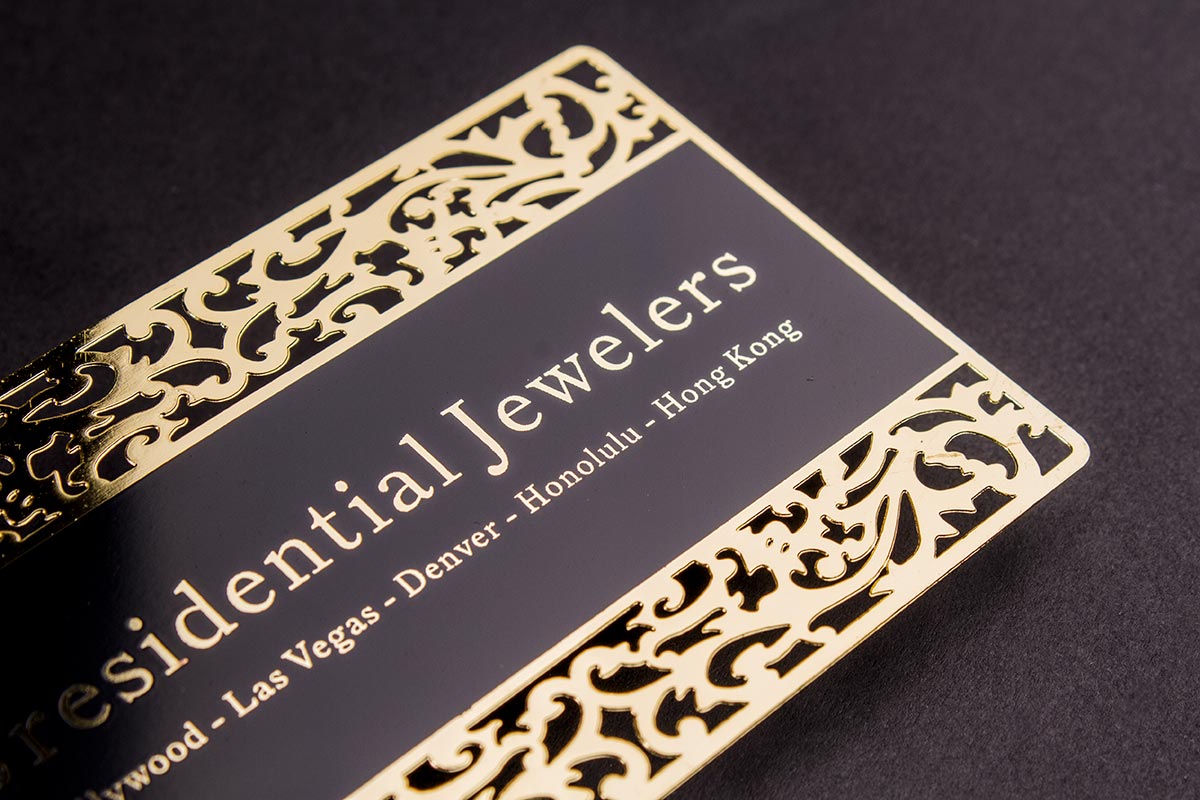
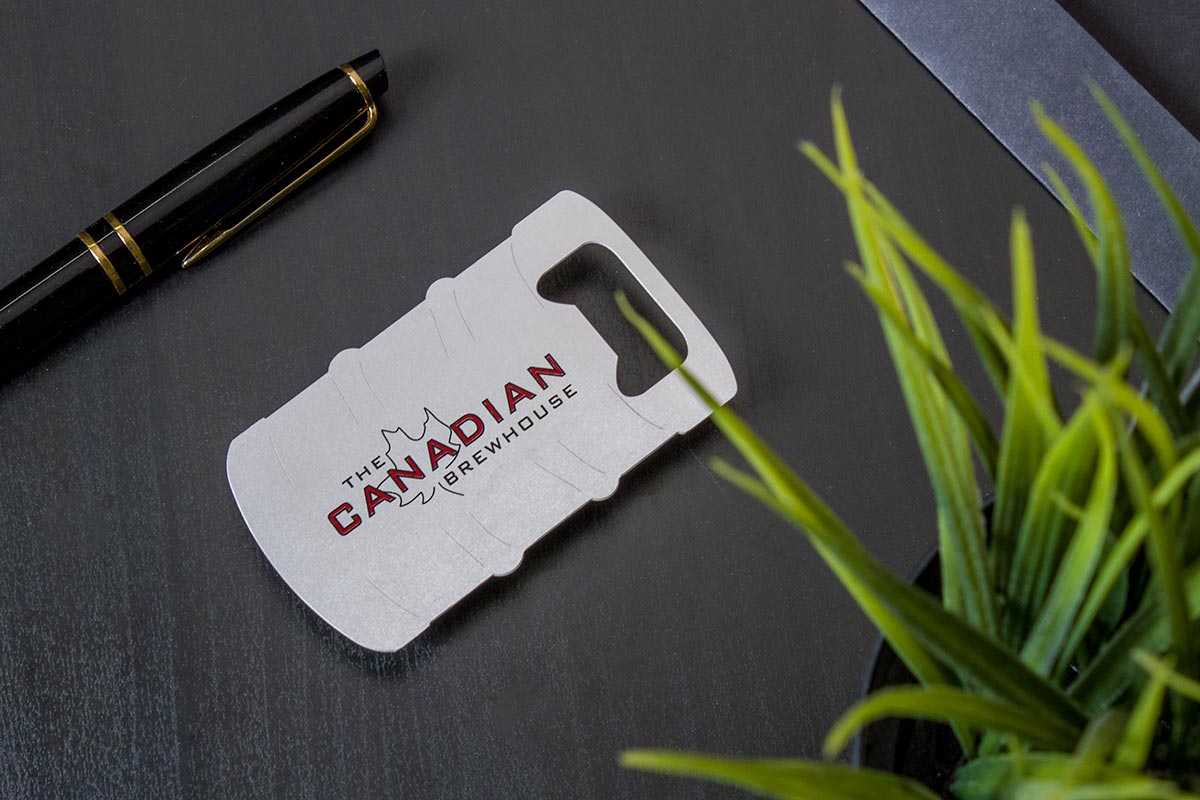
Original finishing is found on our stainless steel metal card stock. It is not as reflective as mirror finishing however it does give a particularly unique ‘metal’ look and an elegant sheen. It’s comparable to the finish on most luxury stainless steel appliances and tools.
– As original finishing is more resistant to scratching than mirror finishing, we recommend it on cards with large amounts of un-etched surface.
– Only availble on our stainless steel cards.
– It is possible to have a different surface finish on both sides of the card (only one finish per side).
Brushed finishing is the 3rd finish type we offer in our metal card range. This finish results in a very subtle linear brush pattern across the un-etched area of the card. It is ideal for cards that have either large amounts of etching or large amounts of un-etched surface.
– Only available on metal cards.
– It is possible to have a different surface finish on both sides of the card (only one finish per side).
